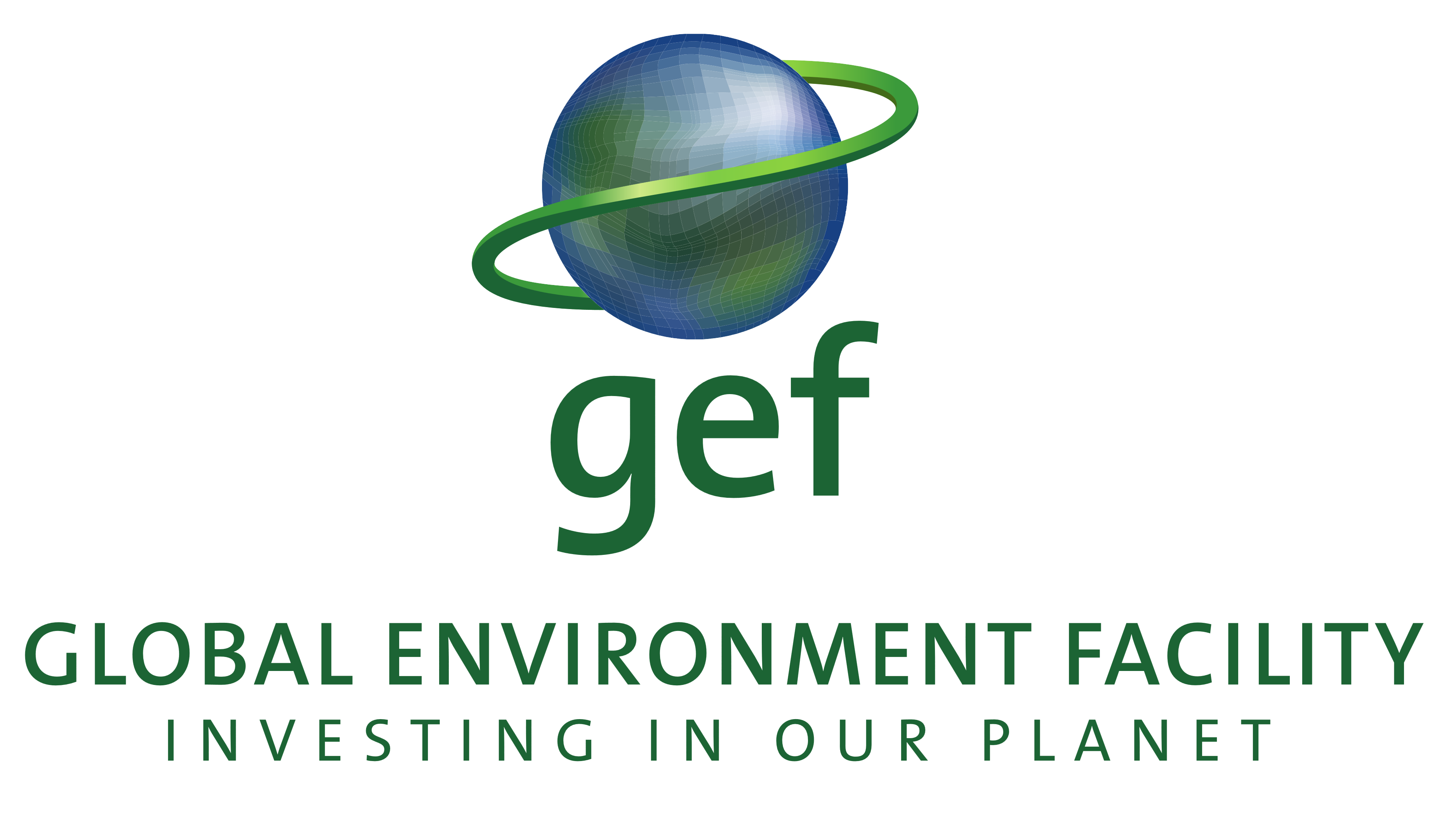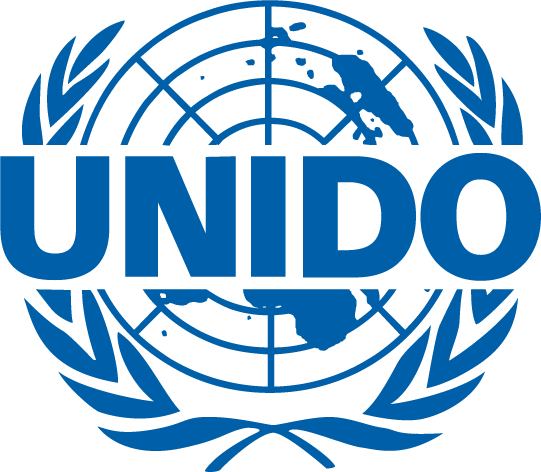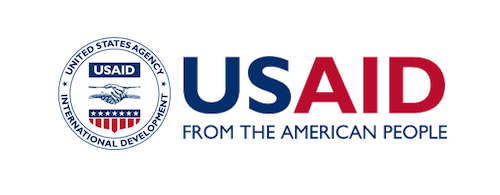This blog post is from Indigo Golub, a communications intern at Pure Earth. She is currently undergoing a bachelors degree in History, Law, and Society at the American University of Paris.
Meet Dexter. The two-year-old, seen here with his mom, often plays near a lead smelter, where his father works in San Simon, Pampanga, in the Philippines. Everyone in the neighborhood around the smelter, including Dexter, was exposed to high levels of toxic lead, until their community was cleaned up.
In June of 2017, Pure Earth took on the challenge of reducing lead exposure in the neighborhood. Over a period of six months, the Pure Earth team made big changes in Pampanga to improve the health of the poisoned community.
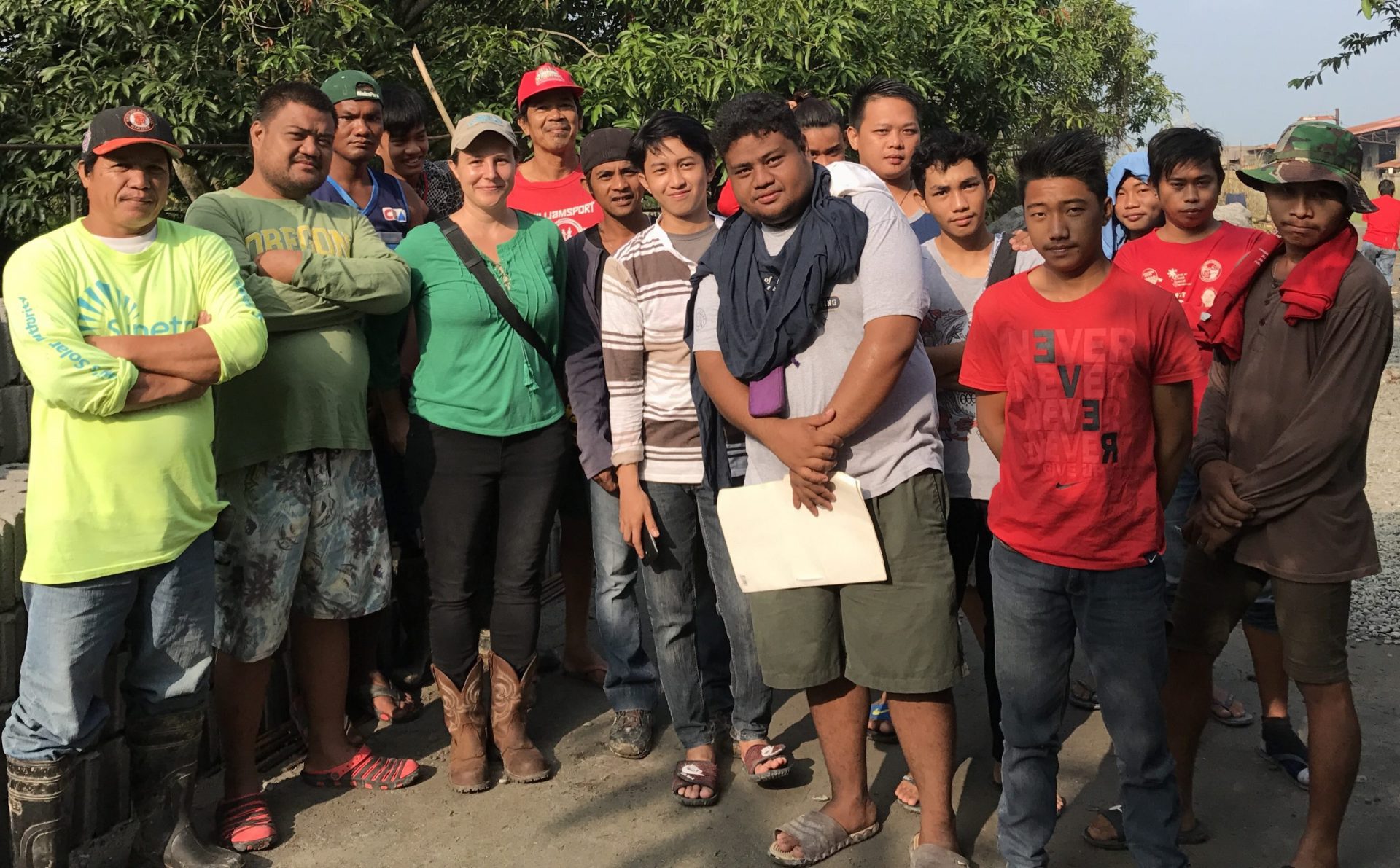 Lara Crampe, Pure Earth’s regional director for Southeast Asia, in green, with the local remediation team in Pampanga.
Lara Crampe, Pure Earth’s regional director for Southeast Asia, in green, with the local remediation team in Pampanga.
The project was organized into three parts:
- Assessment
- Intervention
- Education
Assessment
The Pure Earth team began by identifying the contaminated hotspots in the neighborhood.
The assessment found that eleven homes near the smelter, located in an area that was once used to recycle used lead-acid (car) batteries, along with a nearby storage warehouse, where people were living, had become a “lead zone,” filled with dangerously contaminated soil.
Smelter workers and their families were being exposed to lead more than 250 times higher than the standard maximum levels.
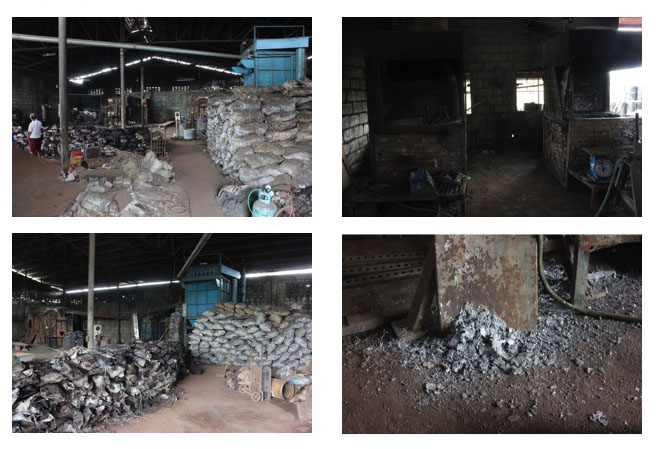
The smelter work area
Local residents frequently brought home used lead-acid battery cases and other materials from the smelter. They used these toxic materials to pave their living areas, construct walls, line walkways, or as steps or seats.
Residents didn’t realize they were poisoning themselves.
We found the highest readings of lead in soil, up to 100,000 ppm, at these homes. (The EPA standard for residential soil lead levels is 400 ppm.)
Blood testing of residents showed that 100% of children had blood lead levels greater than 20 micrograms per deciliter (the U.S. CDC recommends lead hazard reduction for blood lead levels of 20 micrograms per deciliter and higher), while 46% of the children had blood lead levels greater than what our lead test kit could measure (which was up to 65 micrograms per deciliter of lead in blood.)
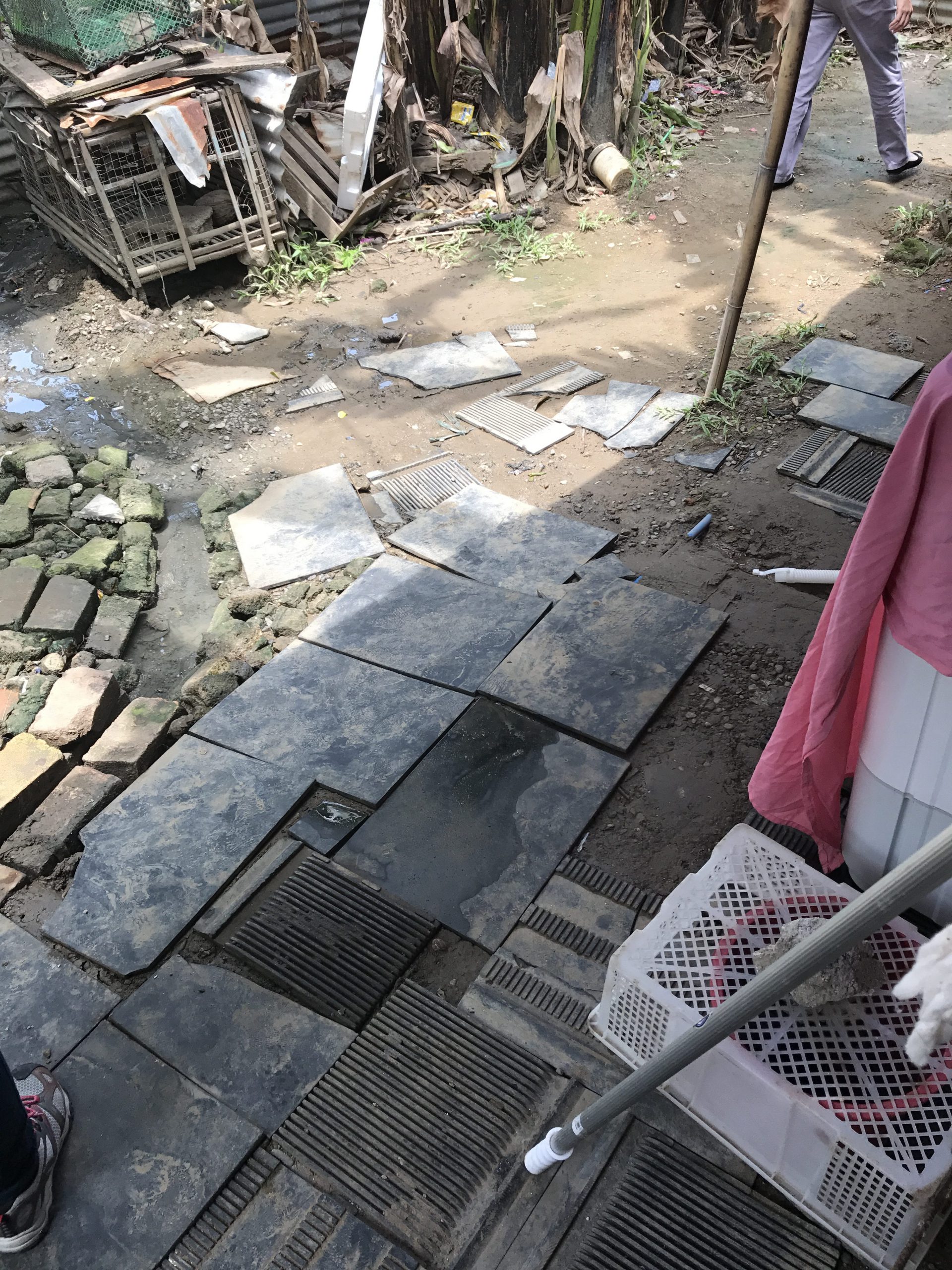 Contaminated battery casings used to line a walkway in front of a home.
Contaminated battery casings used to line a walkway in front of a home.
Intervention
After discussions with the community, the Pure Earth team, along with the local government, developed a mitigation plan to tackle the lead contamination in the neighborhood.
“Capping” with clean soil was selected for the project. Capping involves placing a geotextile cover over the contaminated soil in order to minimize the community’s potential exposure to the toxic lead.
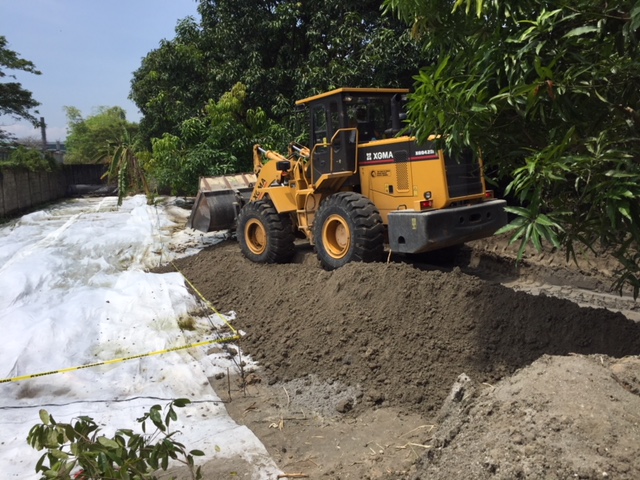
Capping in action. The geotextile is placed over the contaminated soil.
The cover also stops the spread of windblown contaminated dust throughout the community. Clean soil is then added on top of the cover.
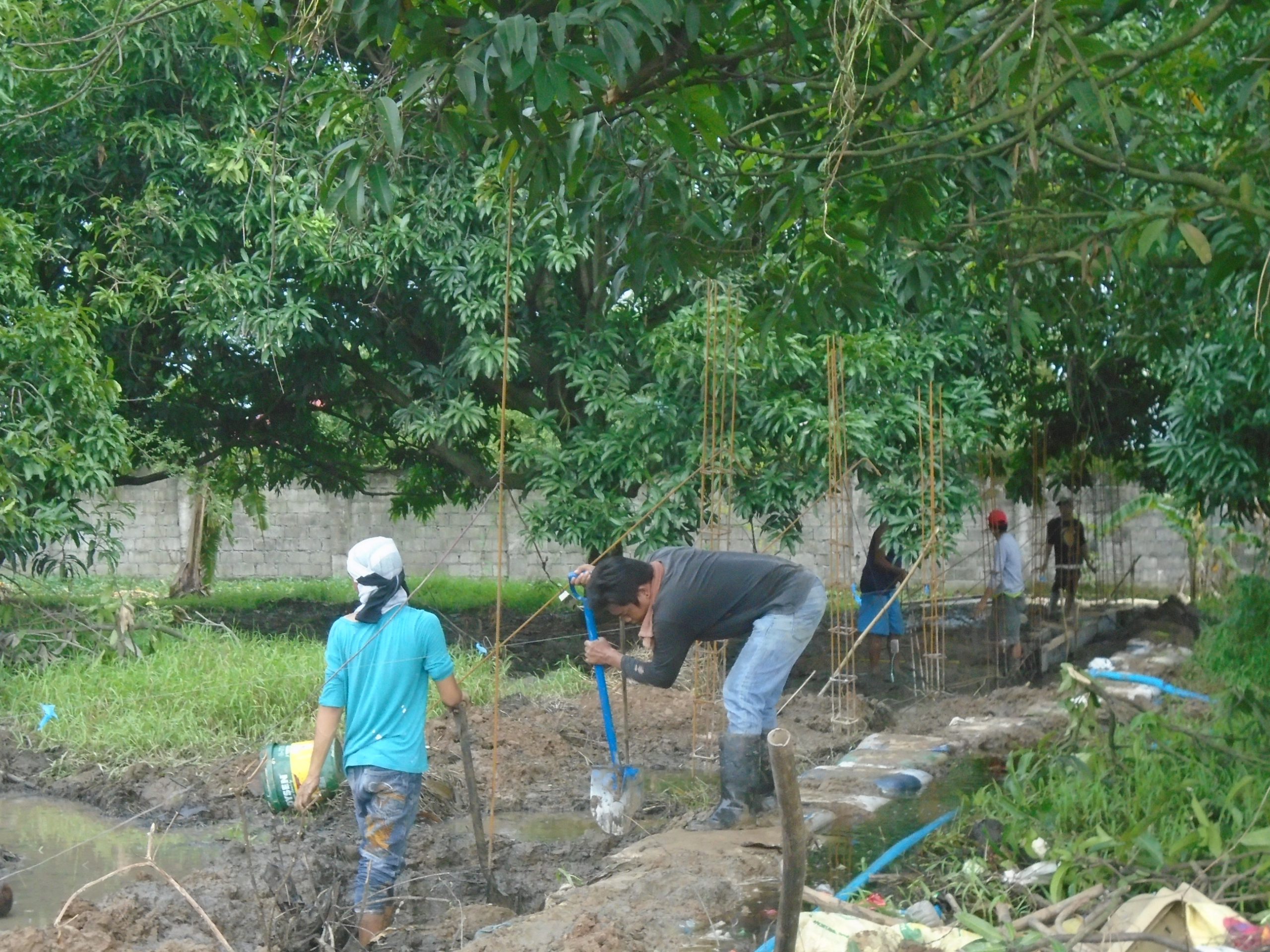
In addition, a six-foot-tall wall was built to separate the residential area from the lead smelter area. The community members were advised to keep the gate closed to prevent children from wandering into the work area.
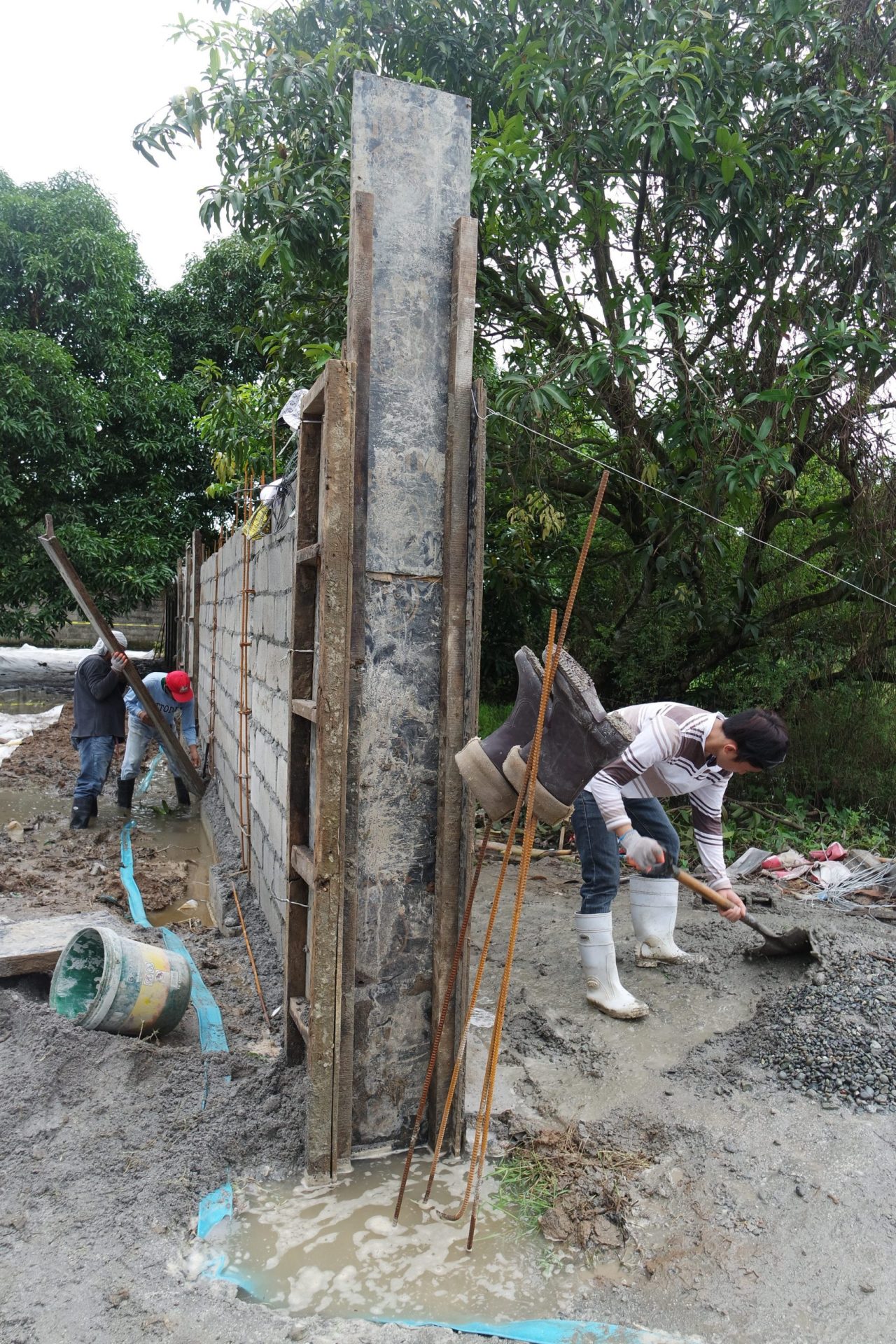
Homes were then cleaned. Pure Earth team members vacuumed and wiped down floors, power-washed ceilings, roofs and walls, cleaned furniture, removed contaminated battery casings that were used as construction materials, and paved floors.
 Contractor Angel Dalusung looks on as Pure Earth program officer Mafe Dapito tests the the new soil to be spread on the site for the presence of lead.
Contractor Angel Dalusung looks on as Pure Earth program officer Mafe Dapito tests the the new soil to be spread on the site for the presence of lead.
The road was also paved with gravel to reduce the spread of toxic lead dust caused by trucks entering and exiting the smelter.
Some neighborhood children couldn’t resist scaling the piles of clean gravel that we were using to cover the road.
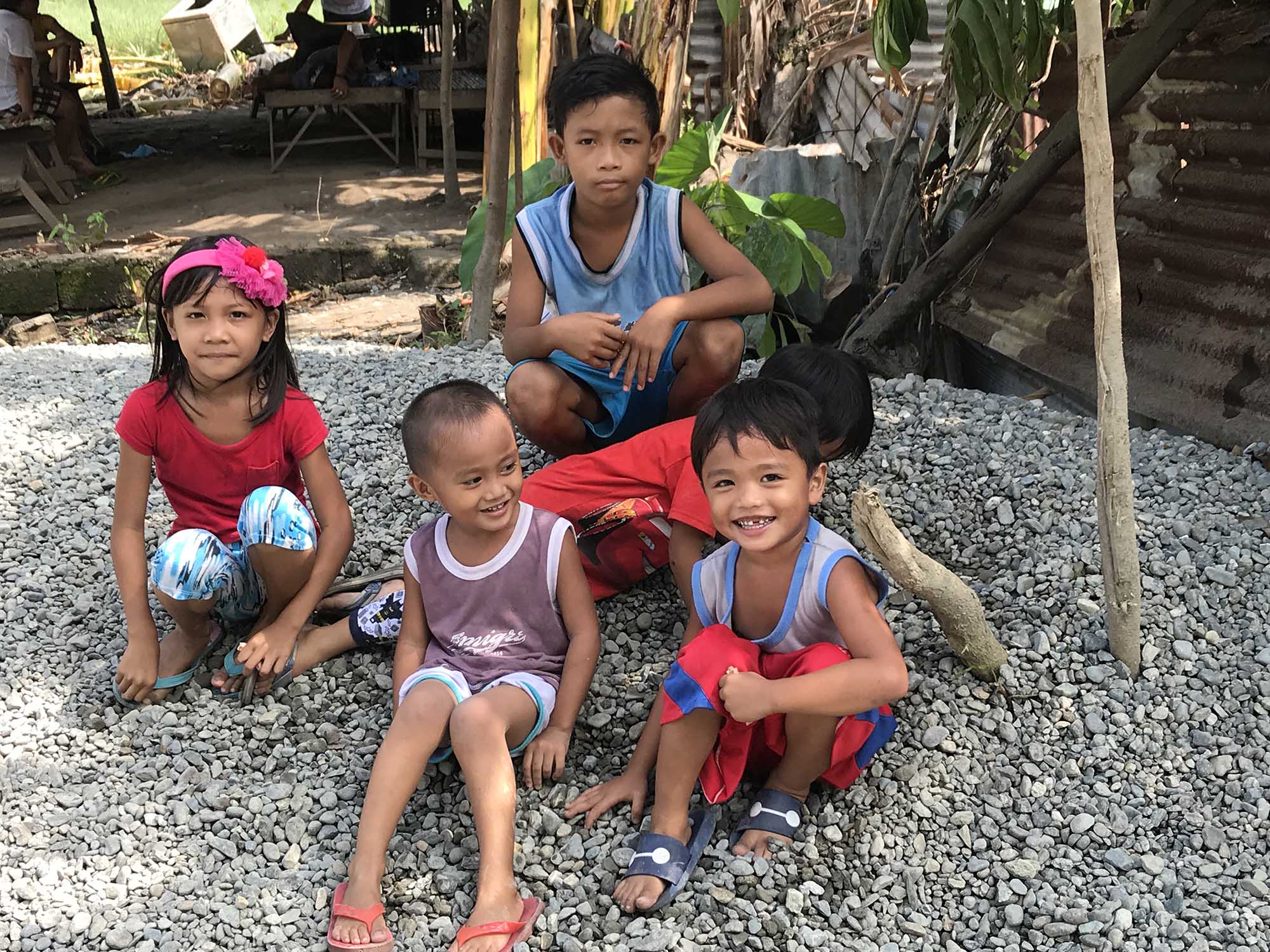
Education and Awareness
A series of education and outreach activities were designed for parents, health practitioners, children, and smelter workers in the area.
They were taught about the dangers of lead exposure, the ways that people, particularly children, can be protected, and the importance of getting their children tested for lead because they had been exposed to such high levels of lead contamination.
Meetings were also organized with residents to discuss the initial assessments, get their approval on work plans, and to discuss next steps and the maintenance needed to keep the area clean and safe.
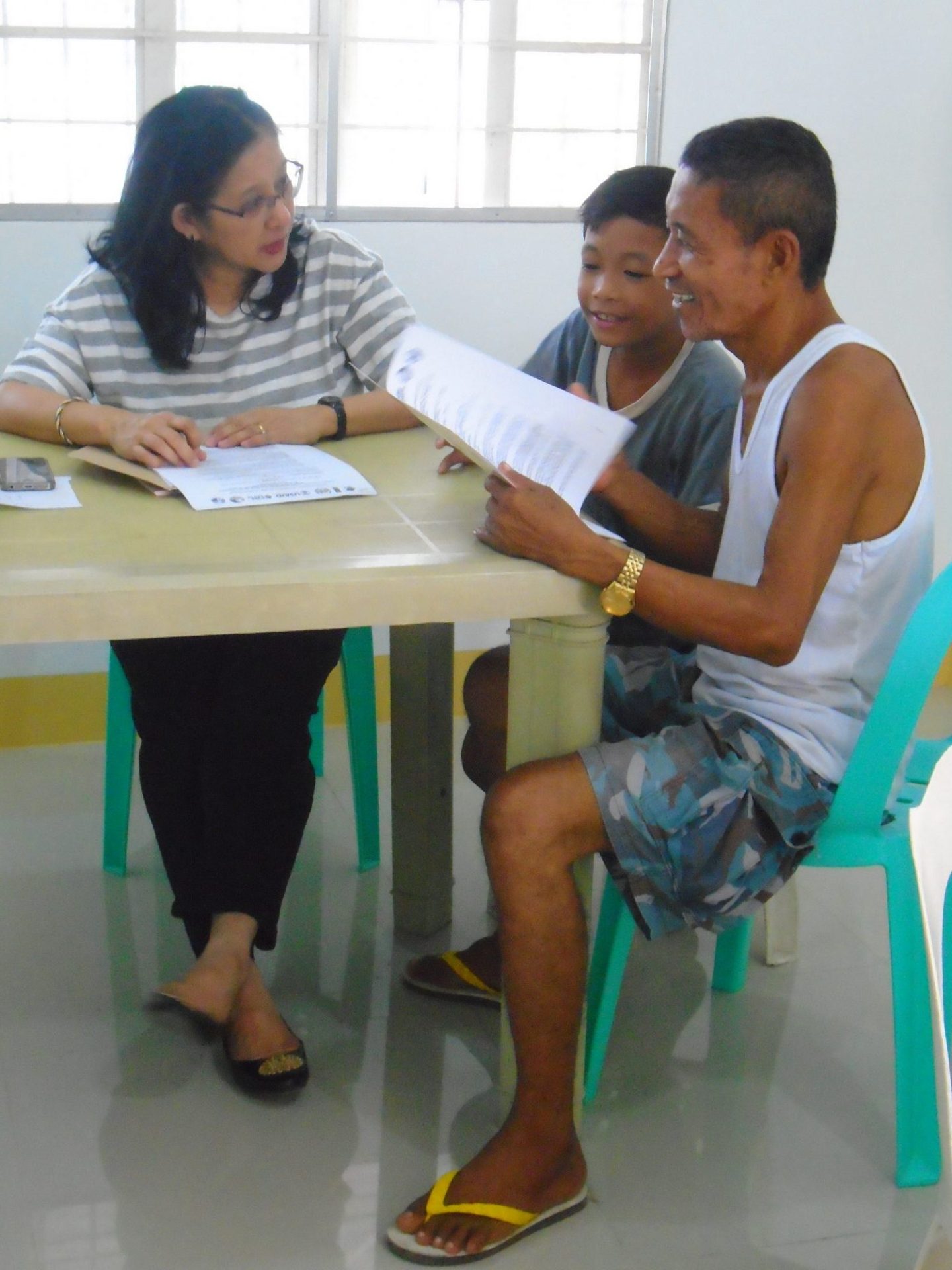
Next Steps
Families living in the remediated homes received follow-up blood lead monitoring, counselling and health care at the regional health centre. A Lead Care II testing kit was donated for this purpose so that local medical personnel can continue to support the health of the residents of the neighbourhood.
The local barangay (village) leaders prepared new zoning plans to prevent future residential areas from being set up within hazardous waste-generating sites. They also moved the lead smelter to a more industrial location.
Pure Earth will continue to monitor Pampanga and its residents over the next 12 months to address any new issues that may arise.
Now that the clean up is completed, kids like Dexter have a clean place to play in the neighbourhood. In fact, here’s Dexter already playing with a friend on the clean, lead-free soil.
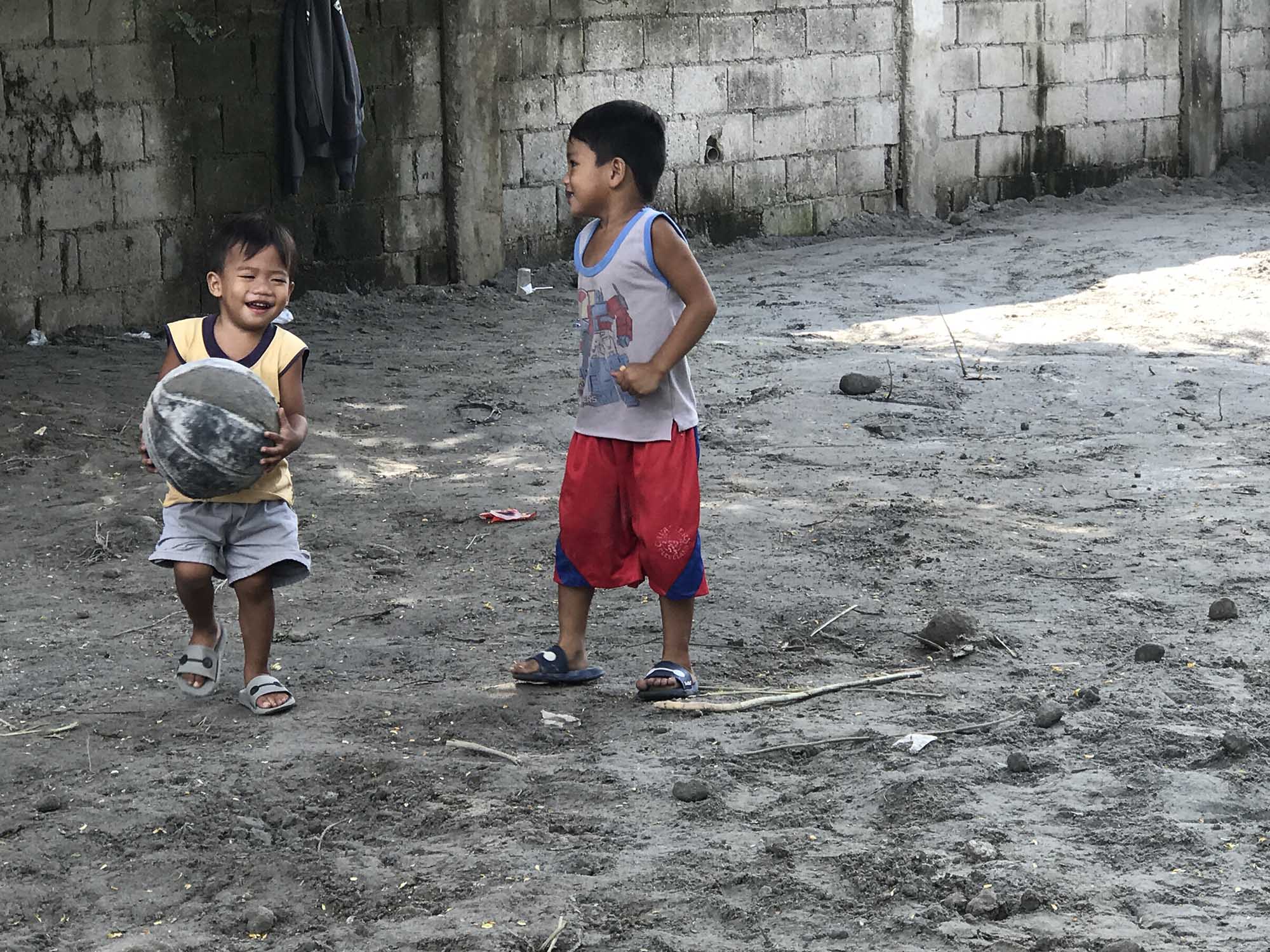
Our clean up generated so much buzz in the community that some young entrepreneurs even came out to sell snacks to our remediation team!
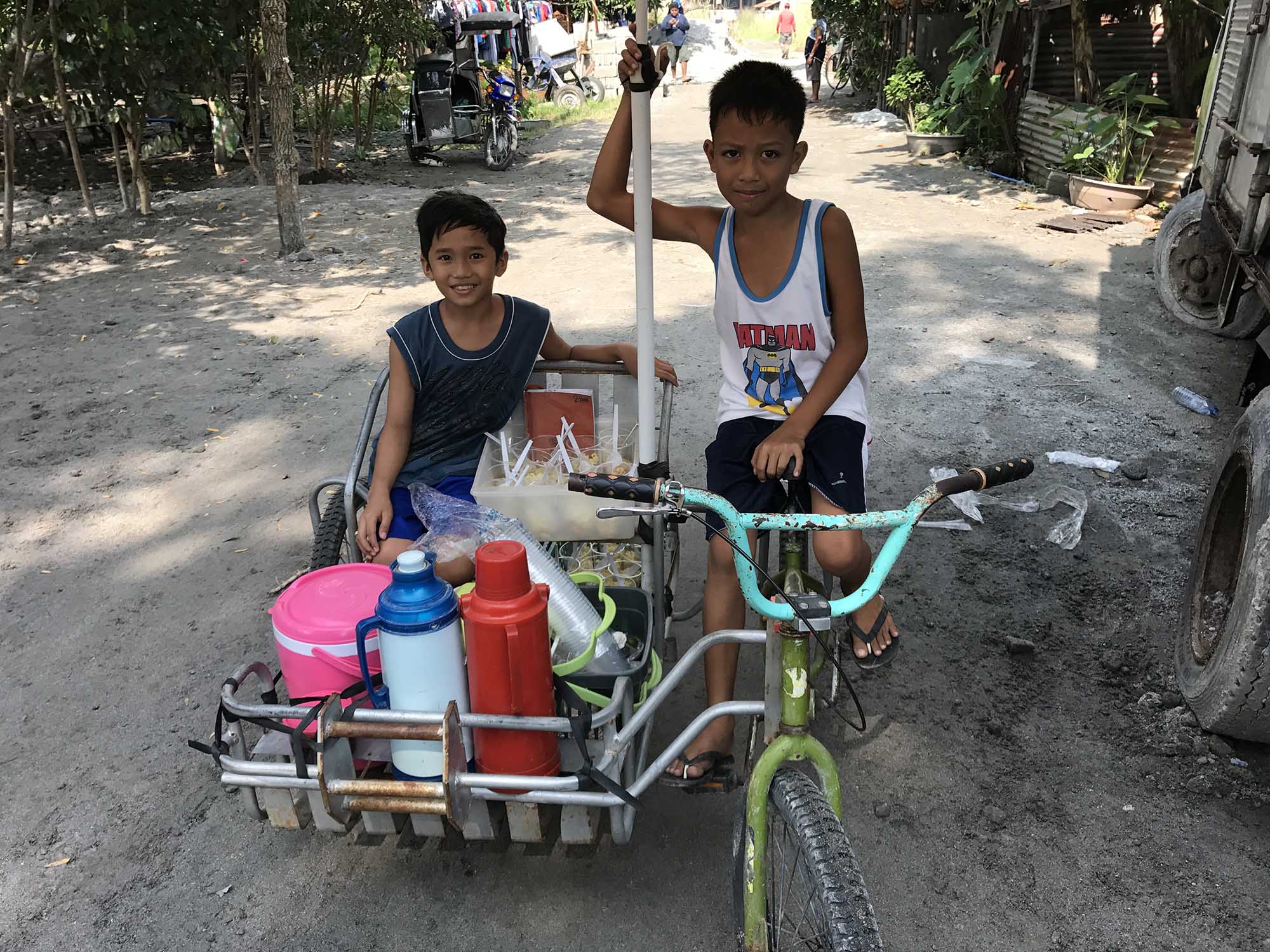
This project is supported in part by GEF, UNIDO, and USAID.
